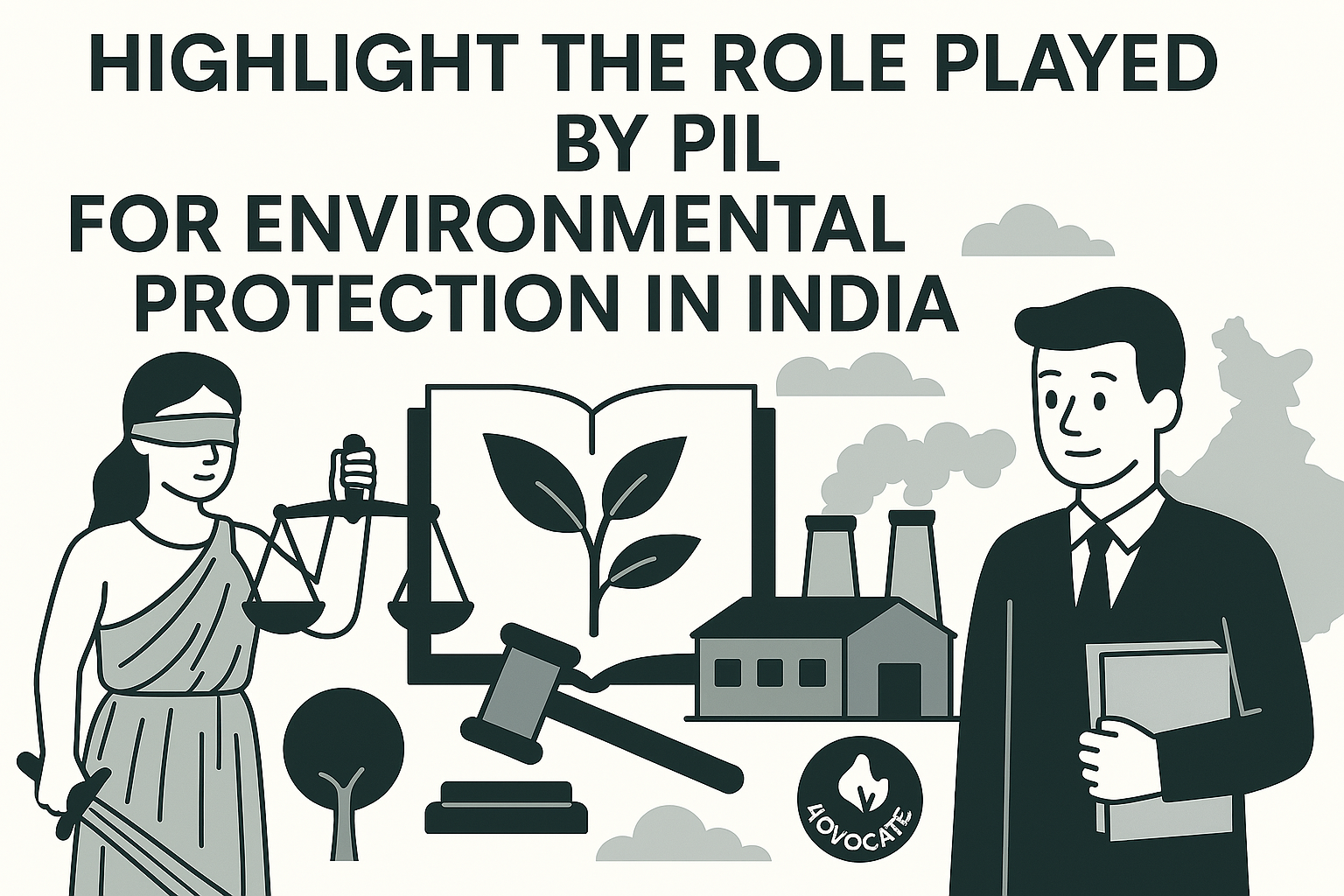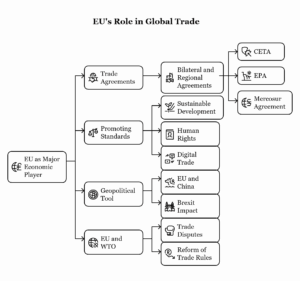Public Interest Litigation (PIL) has emerged as a powerful legal tool for environmental protection in India, enabling citizens, NGOs, and activists to seek judicial intervention in matters concerning environmental degradation, pollution, and resource exploitation. Unlike traditional litigation, PIL allows even those who are not directly affected by an environmental issue to approach the courts on behalf of affected communities or the broader public. This has greatly enhanced access to environmental justice and has held governments and corporations accountable for their ecological responsibilities.
One of the most important aspects of PIL in India is its judicial activism, particularly by the Supreme Court and High Courts, in interpreting the right to a clean and healthy environment as part of the fundamental right to life under Article 21 of the Indian Constitution. Through PILs, the judiciary has laid down landmark principles of environmental jurisprudence such as the “polluter pays” principle, the precautionary principle, and the doctrine of sustainable development.
Example 1: MC Mehta v. Union of India (1986) – Ganga Pollution Case
In this landmark PIL, environmental lawyer M.C. Mehta approached the Supreme Court regarding the pollution of the River Ganga by tanneries and industries in Kanpur. The Court directed the closure or relocation of polluting industries and ordered the installation of effluent treatment plants. This case established that industries causing environmental harm must take responsibility for restoring ecological balance and set a precedent for subsequent cases involving water pollution.
Example 2: Vellore Citizens’ Welfare Forum v. Union of India (1996)
This case involved a PIL against tanneries in Tamil Nadu that were discharging untreated waste into water bodies and agricultural lands, thereby harming the environment and public health. The Supreme Court ruled in favor of the petitioners and applied the “polluter pays” and “precautionary” principles. It emphasized the need for balancing economic development with environmental protection and reinforced the government’s duty to ensure sustainable development.
These examples reflect how PILs have been instrumental in shaping India’s environmental governance by compelling regulatory agencies to act, protecting natural resources, and advancing the legal recognition of environmental rights. The use of PILs continues to be a vital mechanism for democratizing environmental justice and fostering public participation in ecological conservation.








Leave a Reply